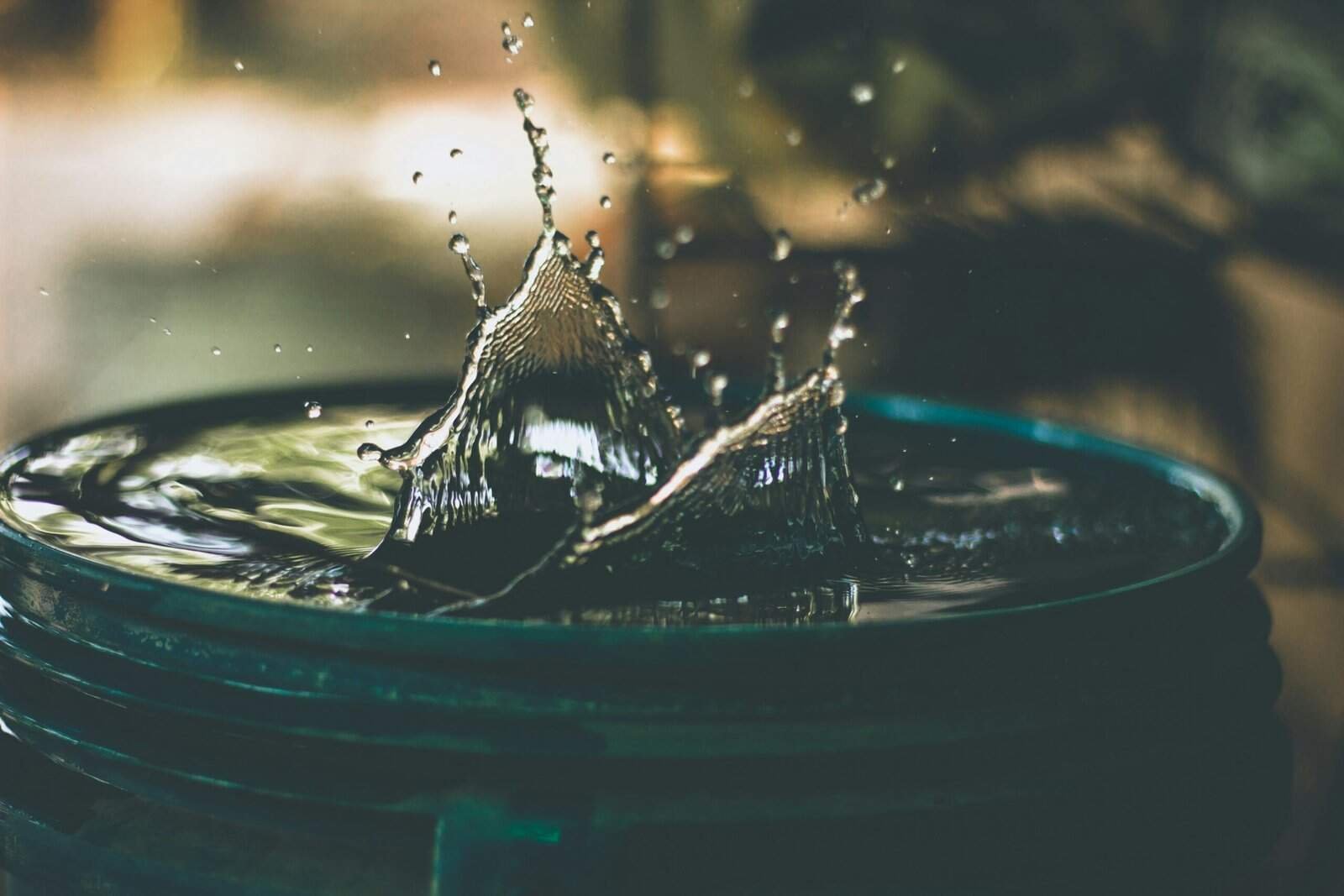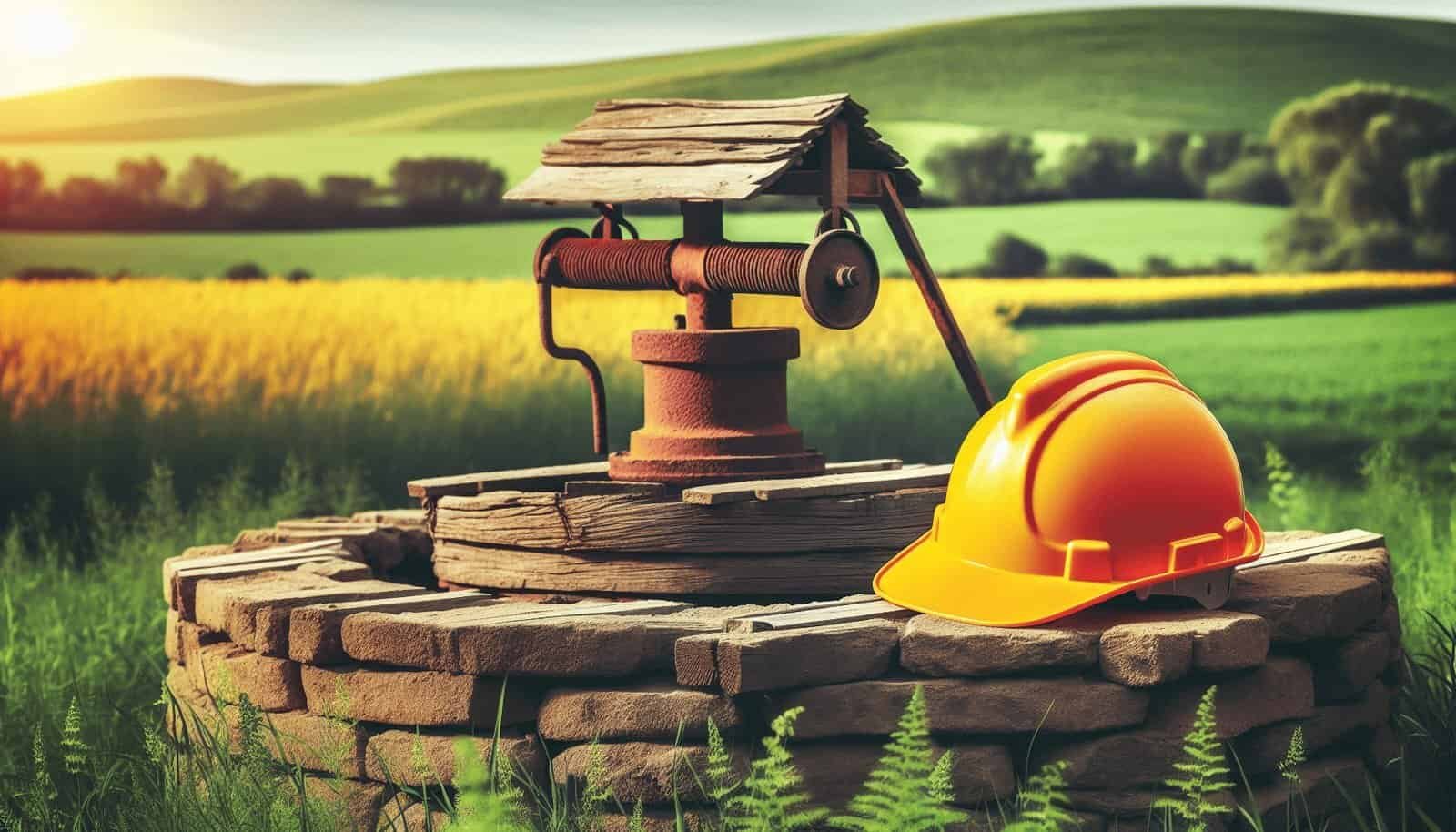Have you ever wondered what the key safety precautions are when working on a water well? Whether you’re a professional or a DIY enthusiast, working on water wells can be a daunting task. The importance of ensuring safety cannot be overstated, especially when dealing with such vital structures that are not only integral to water supply but also pose significant risks. This article guides you through a comprehensive understanding of the safety measures you need to take when embarking on this kind of work.
Understanding the Basics of Water Wells
Before diving into safety measures, it’s essential to understand what a water well is and why it’s crucial to handle it with care. Water wells are structures created by digging or drilling into the ground to access groundwater stored in aquifers. They are indispensable in providing water for drinking, irrigation, and other industrial uses.
Types of Water Wells
Not all water wells are the same; different types cater to various needs and environmental conditions. Here are the primary types:
- Dug/Bored Wells: These are shallow wells often less than 30 feet deep, typically made by hand digging or using a boring machine.
- Driven Wells: Generally deeper than dug wells, driven wells use a pipe driven into the ground to reach water.
- Drilled Wells: Made using rotary drilling machines, these wells can reach up to thousands of feet deep, making them suitable for accessing aquifers far underground.
Understanding the type of well you are working with helps you assess the appropriate safety measures to implement.
Importance of Safety Precautions
Why are safety precautions necessary in the first place? When dealing with vast amounts of water, deep structures, and heavy equipment, the slightest error can lead to accidents. Safety measures protect not only those working directly on the well but also ensure the integrity of the water supply, preventing contamination that could affect a whole community.

Preparation Before Starting
Preparation is key to any successful operation. Before beginning any work on a water well, a thorough understanding of the task and its potential hazards is crucial.
Conducting a Risk Assessment
Identifying potential hazards early allows for the development of a safer working environment. A risk assessment involves evaluating the workplace for possible dangers and deciding how significant these are in comparison to the required tasks.
- Identify the Hazards: Focus on equipment, environmental factors, and the physical state of the well.
- Determine Who Might Be Harmed: Consider workers and any other people who might be affected, such as nearby residents.
- Evaluate and Prioritize Risks: Look at the likelihood and severity of each hazard, and determine which need the most urgent attention.
Securing Necessary Permits
Many localities require permits for working on wells, particularly for drilling and other extensive modifications. This process ensures that the work is done under regulations safeguarding public interest, including environmental protection and water rights. Make sure you have all the necessary paperwork before beginning work.
Gathering Proper Equipment
Having the right tools is crucial. At a minimum, you should have safety gloves, goggles, harnesses, and after reviewing your risk assessment, any specialized tools for handling specific equipment or conditions the job entails.
Training and Education
Ensure that all personnel involved have adequate training and understanding of the tasks. Regular training programs keep everyone updated on the latest safety protocols and technical skills, reducing the chances of accidents due to human error.
On-Site Safety Measures
Once you are ready to commence work, maintaining safety on-site becomes the next priority. Let’s look into the practical steps you should follow.
Use of Proper Personal Protective Equipment (PPE)
Personal Protective Equipment is often the first line of defense. Workers should always wear helmets, gloves, goggles, and steel-toed boots to protect themselves from falling debris, chemicals, and other physical hazards.
| Equipment | Purpose |
|---|---|
| Helmets | Protect head from falling objects |
| Gloves | Shield hands from chemicals and abrasions |
| Goggles | Guard eyes against debris and chemicals |
| Steel-toed Boots | Protect feet from injuries by heavy tools |
Communication Among Team Members
Effective communication is vital to ensure that everyone is aware of ongoing activities and potential hazards. Using hand signals or communication devices if noise levels are high can be incredibly beneficial.
Working in Confined Spaces
Wells are inherently confined spaces posing risks such as poor air quality and restricted movement. Always adhere to confined space regulations, which typically involve having a safety observer, securing proper ventilation, and using harnesses and other safety gear.
Fall Prevention
Falls can occur in various scenarios, particularly when accessing deep wells or climbing equipment. Safety harnesses, guardrails, and proper work positioning equipment can minimize these risks. Regular training in fall response and rescue efforts is also recommended.

Environmental Considerations
Protecting the environment is not only ethical but also a legal requirement in many areas. It’s essential to consider the environmental impact of your work.
Groundwater Pollution Prevention
Preventing contamination of the water supply is paramount. Ensure that no waste or hazardous substances are allowed to enter the well area. Use spill containment systems and regularly inspect equipment to prevent leaks.
Waste Management
Dispose of debris and other waste products according to local regulations to minimize environmental impact. This includes proper storage and removal of any hazardous materials used during well construction or maintenance.
Emergency Preparedness
No matter how well you plan, emergencies can still occur. Being prepared can mitigate the impact of such events.
Emergency Plan Development
Develop a comprehensive emergency response plan that includes procedures for evacuation, medical emergencies, and other potential crises. Make sure this plan is communicated clearly to all team members.
First-Aid and Rescue Basics
Ensure that qualified first-aid personnel are on site, and all team members are familiar with basic first-aid techniques. Having the necessary rescue equipment readily accessible can mean the difference in critical situations.

Regular Maintenance and Inspection
Once the work on your water well is complete, regular inspections and maintenance ensure continued safe operation.
Scheduled Inspections
Create a schedule for regular inspections, assessing both the well structure and the surrounding area. This approach helps identify potential safety issues before they become hazardous.
Equipment Checks
Maintain all equipment used in the operation of a water well, ensuring that it is in good working condition. Regular maintenance checks will increase the lifespan of your gear and prevent accidents caused by equipment failure.
Routine Water Quality Testing
Regularly testing the water quality is also a part of ongoing safety measures. Monitoring for contaminants helps ensure the well remains safe for its intended use.
Final Thoughts
Navigating the complexities of working on a water well demands diligence, preparation, and adherence to safety protocols. By taking appropriate safety measures, you protect not only yourself and your team but also the community reliant on this essential water source. Embrace these guidelines—not as obstacles, but as vital steps toward creating a safe and efficient work environment. Remember, safety is a continuous endeavor, demanding attention and commitment each time you set out to work on a well.

